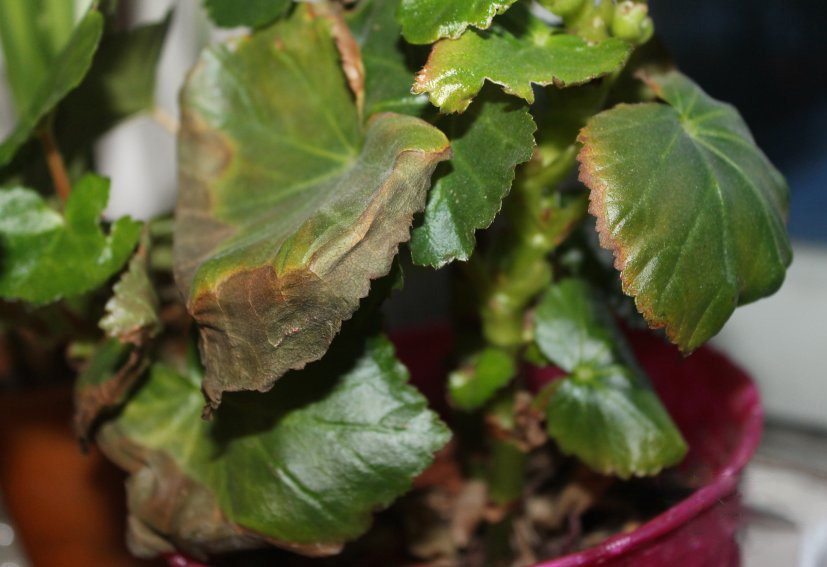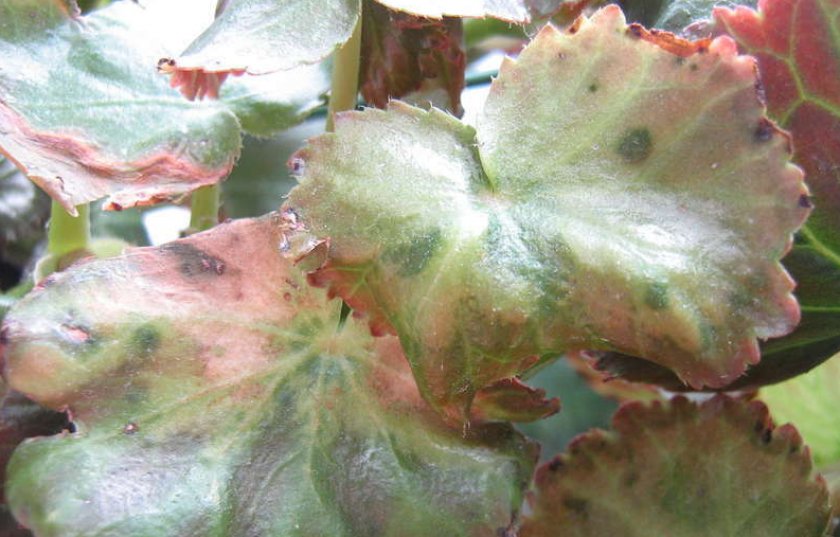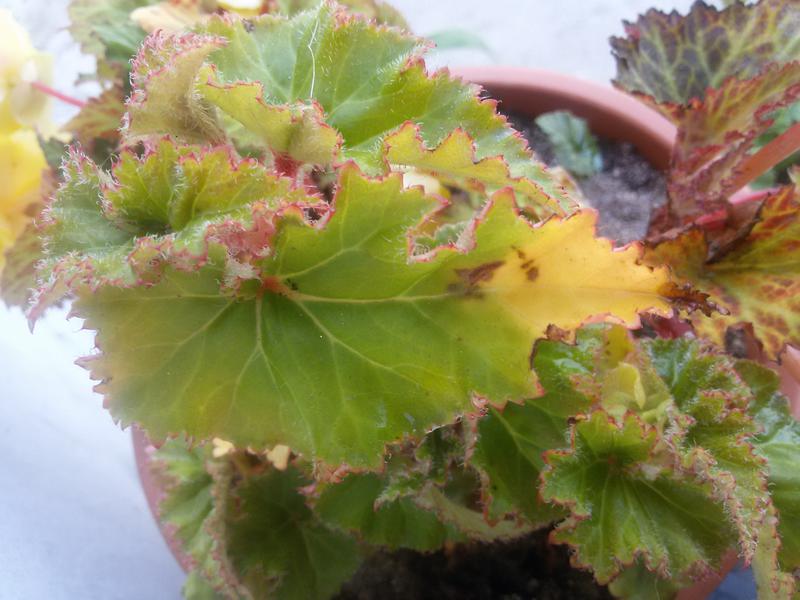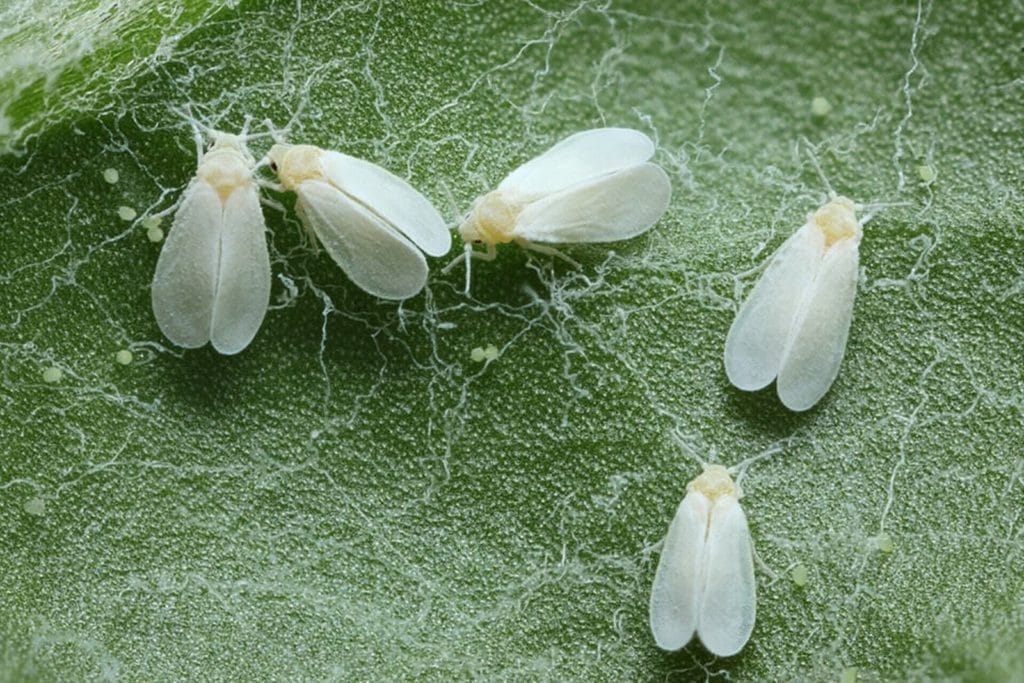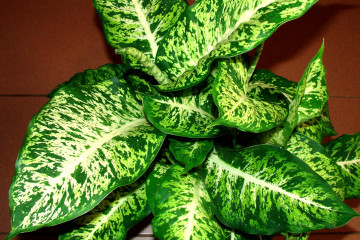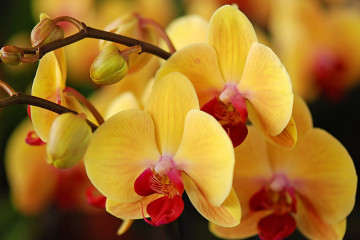The main reasons why begonia leaves dry
Content:
Begonia is a houseplant. Her leaves are bright, and the flowering is very lush. There are several varieties of this flower. Subject to the rules for breeding begonia, the flower will delight you with a beautiful appearance. However, he may also have problems. The article discusses the question of why begonia leaves dry, and other difficulties that may arise when growing it.
Why begonia leaves dry at the edges
The main reasons why the leaves of room begonia dry up:
- the plant is susceptible to drafts from open windows;
- the sun's rays fall on the foliage. They burn the flower when it is on the window or loggia;
- very dry air due to battery operation;
- fertilizers are not applied correctly;
- the plant was hit by pests;
- growing conditions have changed dramatically;
- improper care, including poor water quality.
Diseases and pests
Various diseases and pests become one of the reasons why begonia withers. Usually the flower starts to ache when it has too wet soil. The most common begonia diseases (leaves wither at the edges):
- powdery mildew. First, there is a white bloom. This disease often occurs in excessively humid air and poorly ventilated room. The foliage then dries up and falls off. To combat the disease, copper sulfate and laundry soap are used;
- gray rot. Grayish spots appear that turn black and become rotten, and the leaves curl and dry out. It is also possible to fight the disease in the above-described way;
- bacterial diseases. The most common problem is bacterial spotting. First, glassy spots appear, which eventually acquire a brown color. The flower gradually fades. It is necessary to carry out treatment with copper oxychloride.
Improper care
Improper care of begonias is another reason for dry ends on the leaves. The main ones are:
- a sharp change in growing conditions. Many people make a big mistake when putting a flower on the balcony. Some species cannot tolerate this change. Begonia is a sensitive plant and the changing conditions are reflected in its foliage. The flower does not tolerate when direct sunlight falls on it or when it stands in a draft;
- too dry air. Begonia is a tropical flower, so high temperatures and humid air are ideal conditions for it. Dry air will negatively affect the leaves. Often in apartments this happens when the heating is turned on in winter or when the summer is too hot;
- insufficient nutrients. The plant needs to be fed when an active growing season occurs. This happens 2-3 times a month. Before purchasing fertilizer, it is important to consider the type of flower. For ornamental foliage, fertilizers with a high nitrogen content are more suitable. It is better to fertilize decorative flowering plants with potassium-phosphorus fertilizers;
- very dense ground. If the soil does not conduct air well, this leads to stagnation of water, which begonia cannot tolerate. The leaves can dry out and the plant begins to wither and die.
Leaves turn yellow
There are two main factors why begonia leaves turn yellow: improper care and disease.
Diseases
The following diseases and parasites can cause yellowing of the leaves:
- excess water in the pot. This causes root rot. These violations gradually spread throughout the flower, which causes yellowing and decay;
- pests such as aphids, whiteflies, and spider mites can cause yellowing. To combat them, insecticides are used.
Care errors
Leaves may begin to turn yellow for the following reasons, which are associated with plant care:
- change of location;
- the flower was in a draft for a long time;
- sudden changes in temperature or humidity;
- after the purchase, the flower was immediately transplanted, which caused the begonia to receive severe stress;
- pot of the wrong size. Most likely, it is too big;
- when the flower was planted, the wrong land was used. It could be sour or heavy;
- water got on the leaves.
Leaves fall: diseases and pests
Begonia leaves can fall off due to the appearance of downy mildew or pernosporosis - a fungal disease. Pathogens are found in the ground. There are more of them when the moisture content of the soil and air increases. The disease spreads very quickly and leads to the fall of the greenery.
Begonia pests are small in size. However, they can lead to the death of the plant. Here are the parasites that lead to leaf litter:
- greenhouse whitefly. It is a very small butterfly with a length of 1.5 mm. It settles on the leaves and actively begins to multiply on them, feeding on their juices. It is possible to eliminate the insect with a regular soap solution. The larvae must be removed by hand;
- leaf and root nematodes. Leafy species settle on stems, leaves and buds, gallic ones - on the roots and at the bottom of the stem. Nematodes are worms that are microscopic in size. As a result of their activity, the plant dies. First, light green spots appear, which turn brown and swell over time. It is better to prevent nematodes than to fight them. The land in which begonia is planted must be steamed;
- false scale. This pest hides inside the plant. The flower stops growing, the leaves turn yellow and dry out. It is necessary to fight the pest by scrubbing with a brush dipped in an infusion of garlic. Only those parts of the plant that are affected by pests are processed;
- red spider mite. If a thin web envelops the flower, then a spider mite has appeared on it. It reproduces in hot and humid conditions. At first, the leaves become marbled in color, and then turn yellow and fall off;
- greenhouse aphid. This pest reproduces very actively. The female produces up to 100 insects every week. They suck out juices. To overcome aphids, it is necessary to spray the plant with tobacco infusion;
- greenhouse thrips. They are quite large in size. The leaves lose color and the plant begins to wither. Thrips breed in conditions of high humidity and temperature.
Begonia withers and dries: what to do, preventive measures
When a flower begins to die, the question arises of what to do if the begonia withers and dries up. First you need to do the following:
- prevent drafts;
- when the sun is actively shining outside, it is necessary to create a shade or partial shade for the plant. It is best to rearrange to the west or east side;
- humidify the air. This is best done by placing a container of water next to the pot. Also, expanded clay can be placed in the pallet;
- the plant must be fed every 10 days with liquid fertilizers;
- it is necessary to water the flower with settled water. It should stand for at least a day, preferably a few days.
What to do if begonia leaves fall? It is necessary to understand the causes of this problem. Perhaps the plant is infested with pests, or it is sick. The most common parasites and diseases, as well as measures to combat them, are described above.
Begonia is a plant loved by many flower growers. It is quite difficult to look after him. Various problems associated with yellowing and falling leaves may appear. The reason for this may be improper care or the appearance of pests and diseases of the flower.
